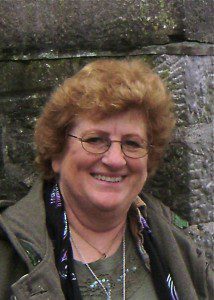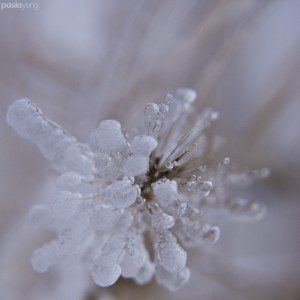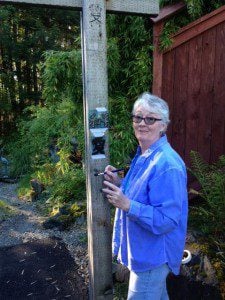 For most of my life, the winter has signaled the arrival of cold months, of gloom and damp—and snow, ice, and brutal winds. Spring seemed faraway in those months, and on the coldest days, the longing remained ever present for the warm embrace of May and the colorful evidence of flowering new blooms.
For most of my life, the winter has signaled the arrival of cold months, of gloom and damp—and snow, ice, and brutal winds. Spring seemed faraway in those months, and on the coldest days, the longing remained ever present for the warm embrace of May and the colorful evidence of flowering new blooms.
But a year and a half ago, I moved from New York City to the southwestern US desert and now the seasons play out on a different cycle. In the climbing dry heat of May, I long for the relief of November’s temperate morning air. In the summer monsoon, interrupts the triple-digit heat with humidity that breaks only in storms. Fierce winds push dust up to the sky, clouds turn orange, and rain collects in deep pools on the parched earth.
After the storm, the respite ends. The sky clears and the heat returns. The fully present urgency of monsoon yields to a melancholy longing for distant November. Back in New York City, the magnificent fury of a winter blizzard surrenders days later to ankle-high puddles of slush at every street corner, frozen into dangerous ice as temperature drop at nightfall.
Each season and each place offers moments of rage and awe. Yet rage passes quickly, and awe does not last. Before long, the severe heat burns the skin or the bitter cold seeps into the bones, and the longing for November or the longing for May returns. If seasons move out of time, the cycle remains the same. We feel most fully alive in the storm, and less so once the intensity smolders.
But perhaps this year we can break the cycle. In this season, many traditions turn to finding spiritual light in the winter solstice darkness. Yet the needless deaths of unarmed Black men, women, and children at the hands of the police, and the unjust murder of police officers, haunt the landscape. The cycle of seasons seems spun beyond our control —and all of us carry a responsibility to pay attention. If we long for the turmoil that has shaken our cities to return to normal, we must ask: “What is normal? And for whom is this normal?”
As we long for calm, for a metaphorical return to temperate days, we draw our attention away from the current moment. As our attention strays, we deplete our own resources. When we turn away from human suffering, we turn our backs on our own humanity.
Yet we can open our hearts with courage for a future that offers justice—and that includes the voices of the suffering. We can awaken from our own pain to listen and to learn with nonjudgmental awareness. With committed intentions, we can break the silence that passes for unintentional complicity. In this season—in any season we can become present with our longing for a better world— and we can begin to create that world through the mindfulness of our actions. The skies shift, the weather turns. Our memories of rising dust and falling ice help us to foster compassion to wait for the flowers that are bound to bloom.
Susan Naomi Bernstein is a writer and educator living in the southwestern United States.











